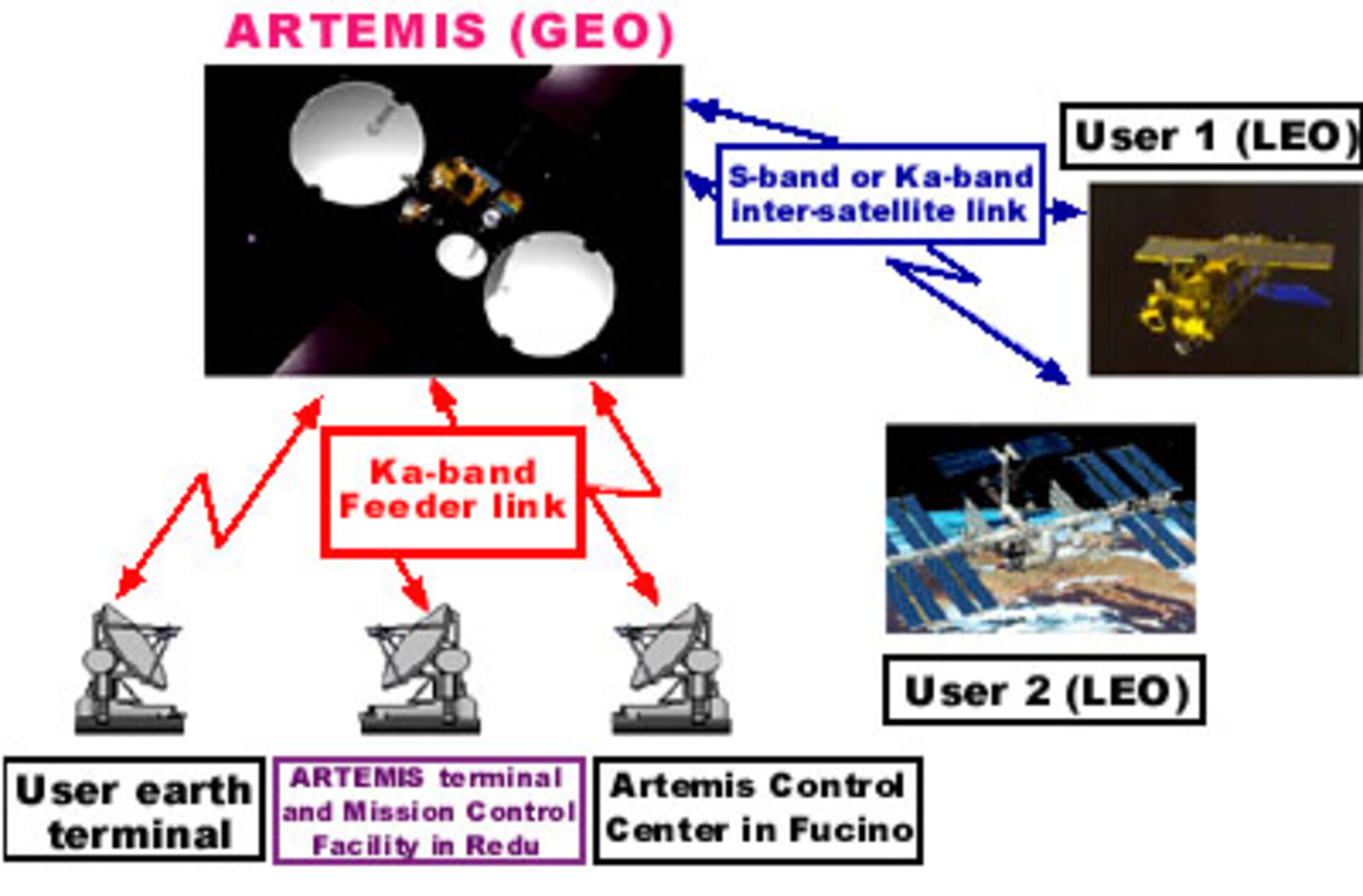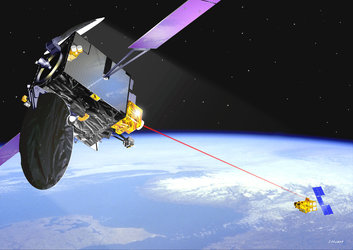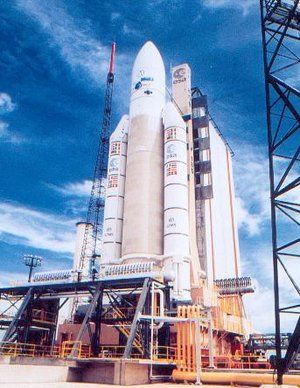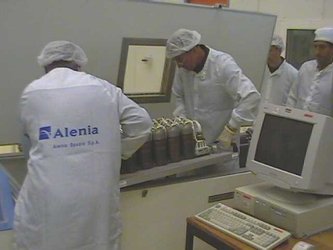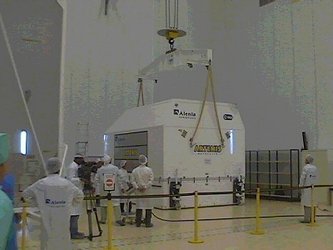Keeping cool in a crisis - Artemis launch rehearsals
A red light blinks in the Italian ground control centre. It’s a potential problem with the Artemis spacecraft and the team slips swiftly into action, implementing well-rehearsed emergency procedures. Luckily this is just a test situation, one of the many scenarios being practised before ESA’s most advanced telecommunications satellite, Artemis, is launched in July.
The launch itself is only the first in a series of crucial milestones in the early orbital life of Artemis, and engineers in the ground control team are now busy rehearsing every eventuality to ensure that deployment runs as smoothly as possible.
But what if there is a technical glitch? For outsiders it may warn of an imminent disaster, but for the ground control team it is probably a situation that they have rehearsed and reacted successfully to many times over.
Rehearsals of the standard procedures for launch, early orbit and operational phases are carried out for almost a year in the build-up to any launch, but so too are critical contingency rehearsals and simulations. The latter are designed to keep everyone on their toes – a series of intensive exercises to test the skills and response speeds of the control team in the event of things not running to plan.
Over the next few weeks – while the 30 ESA and Alenia Aerospazio engineers at the launch site Kourou, French Guiana, complete the final mechanical preparations, load the batteries and mount the solar arrays – the Artemis ground team at Fucino in Italy is being put through its paces by an intensive ‘contingency’ programme.
To make it as realistic as possible an element of surprise is important and so ‘emergencies’ are initiated at unexpected times during normal training procedures and monitored by selected experts.
These simulations test how well, how quickly and how successfully the control team members react to potential problems. For instance, they may have to face the prospect of by-passing a faulty circuit, solve a mechanical problem with deployment of the solar array, or perhaps compensate for the loss of telemetry signals or a broken antenna.
“The simulations ensure that the team are prepared for any eventuality and that we can be as confident as possible of a successful launch and mission,” says ESA's Artemis Project Manager, Gotthard Oppenhauser.
“The teams in Kourou and Fucino are in high spirits and looking forward to an exciting and successful launch – all is going to plan,” he added.
By 12 June a final 'Readiness Review' will be carried out at Kourou, at which time all ESA personnel, industry contractors and launch experts will verify that ground and Artemis satellite systems are ‘go’ for the target launch date a month later on 12 July 2001.


